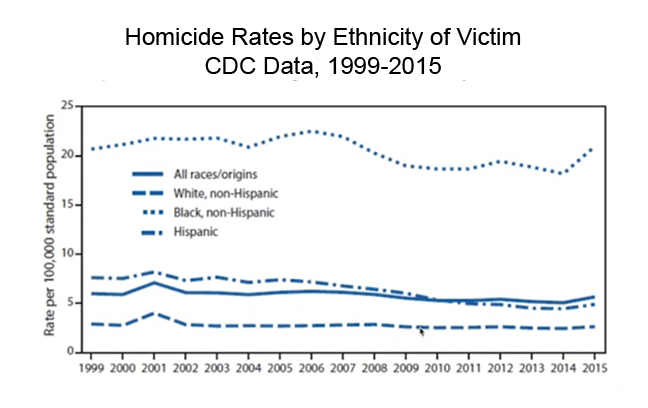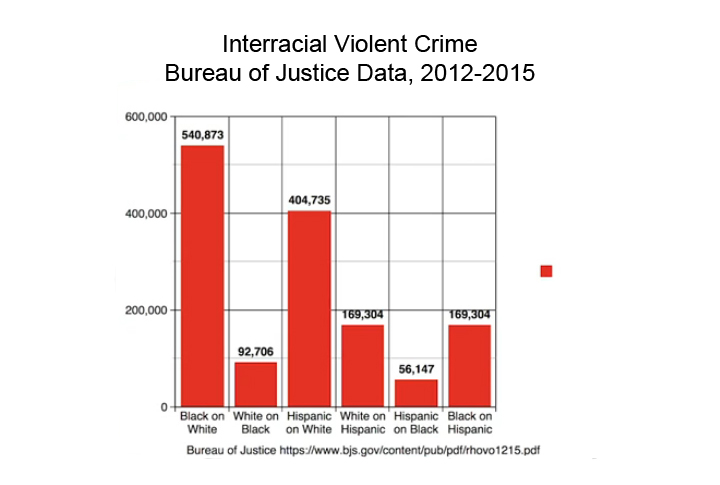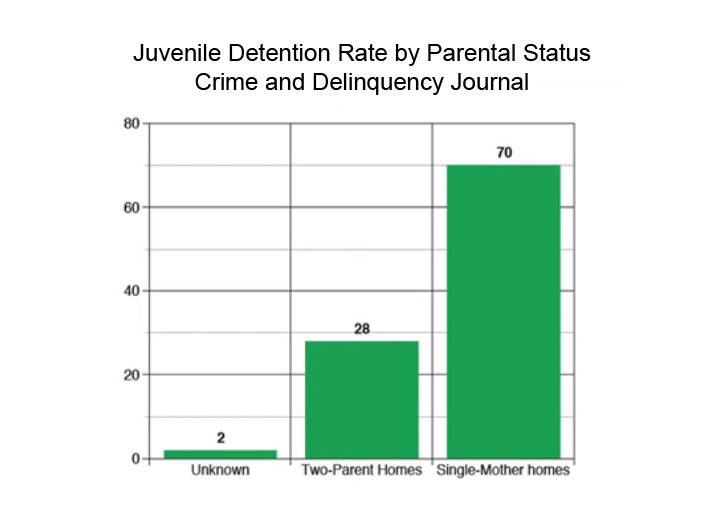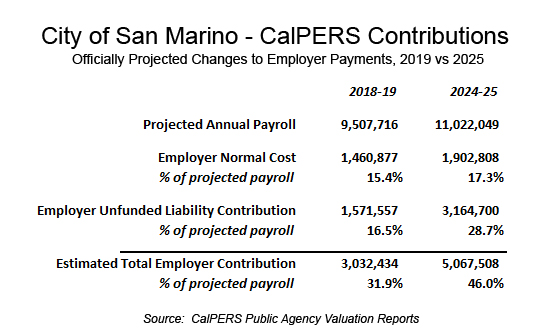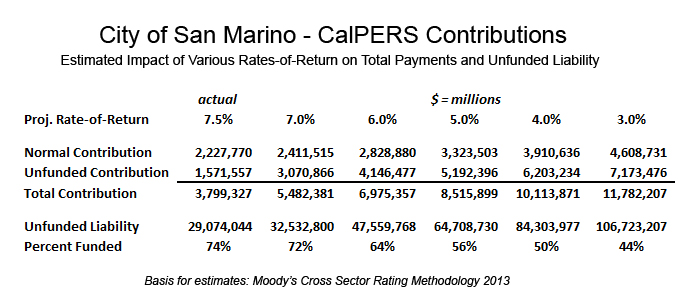Imagining Chelsea Clinton’s America
“I think about the country they’re living in right now it’s not the country I want them to grow up in.”
– Chelsea Clinton, speaking on “The View” (ABC), October 2, 2019
It’s nice to know we have Chelsea Clinton to advise us on the state of America today. And since Chelsea Clinton reliably channels the conventional wisdom of the establishment Left in America, it is useful to wonder what sort of country her children would grow up in, if she could wave a wand and let the Left win every battle for the next twenty years.
Not that much magic is needed. The miraculous arrival of Donald Trump may just be a speed bump on the road to Chelsea’s utopia. So let’s get busy – how would Chelsea’s dream unfold?
It would begin with President Trump losing the 2020 election. The relentless onslaught of corporate media attacks would sway low information fence sitters who only read headlines. That, combined with an overwhelming advantage in support from the political bureaucracies, the intelligence community, public and private sector unions, globalist billionaires, and ballot harvesting operations that would make Boss Tweed blush, would tilt the balance decisively in favor of the Warren/Harris ticket.
Along with the White House, if we’re to remain true to Chelsea’s fantasy, control of the Senate would pass to the Democrats, who would also extend their majority in the House of Representatives. With power to match their vigor, the Warren administration would get to work. In every area, transformative legislation would pour out of Washington. A few highlights:
- Medicare is extended to all residents of America, citizen and noncitizen alike.
- Versions of AOC’s “Just Society” suite of legislation, along with the “Green New Deal” is passed by both houses of congress and signed by President Warren.
- $500 billion in “reparations” are approved for descendants of African slaves.
- The US pledges to accept all refugees as directed by the United Nations if they aren’t admitted to other nations – over 1.0 million refugees per year begin to arrive in the U.S., along with 1.0 million illegal migrants, along with 1.0 million legal migrants.
- The minimum age to vote is lowered to age 16.
- Border wall upgrades and extensions are stopped, ICE is abolished.
- Race and gender quotas are extended into all areas of society and aggressively enforced.
By 2024, progressive control of all branches of the federal government ensure Warren’s reelection. By now the electorate is firmly convinced that whatever inequalities exist in the nation are the product of racism and sexism, requiring sweeping remedies. At the same time, a supermajority of voters now believe that no cost is too great to prevent “climate change.” With these two issues the top priorities for voters, the electoral algebra becomes immutable. And where the rhetoric of resentment and fear prevails, heretofore unthinkable policies follow.
How the Left consolidated its power in the 2020s centered around one fundamental shift in how Americans lived. Fulfilling a process that began nearly a century earlier, but finally completed during the Warren administration, it became virtually impossible for any household with income below the top 20 percent to pay their bills. As a consequence, free tuition, free healthcare, and rent subsidies became necessary for most of the population to survive. Just as a supermajority of voters believed the rhetoric of identity politics and climate politics, a supermajority of voters could no longer pay their bills without depending on the government.
The irony was that it was Democratic policies that caused everything to cost so much. The “Just Society” and “Green New Deal” agenda were merely extensions of leftist policies that had been creeping forward for decades, all with the approval of Wall Street, multinational corporations, and the super rich. Central to this agenda was to restrict the growth of cities and ration the use of energy and water, in order to prevent climate change.
At the same time as investors and corporations were harvesting trillions in profits and capital gains by cutting out any competitors to develop land, energy, or water infrastructure, millions upon millions of economic and political refugees were pouring into the United States each year. The means to accommodate these new arrivals within the footprint of existing cities was a gold mine for the propertied elite, but wreaked havoc on ordinary Americans trying to make ends meet. With demand outpacing supply at every turn, there was bound to be a squeeze.
In city after city, draconian ordinances overrode zoning laws with decades of precedence. Investors could demolish single family homes and erect fourplexes, or more units, where one household had previously stood. Rent control laws, combined with mandated conservation retrofits (to prevent climate change), made it hard for anyone apart from large institutional investors to maintain rental properties. Single family homes became worth more to buyers if they were demolished and replaced with apartments. New laws made it obligatory to accept Section 8 renters whose rent would be paid by taxpayers. Corporate behemoths busted block after block, in city after city, turning communities into government housing projects. Those who objected were branded as racists, deniers, xenophobes, and NIMBYs. They were silenced.
Chelsea Clinton, of course, along with all the politically connected, well fed animals in this new Animal Farm called America, resided in a gated community. These elite communities were not technically exempt from resettlement laws, densification zoning, and landlord obligations to admit Section 8 and similarly taxpayer subsidized renters. But they had a critical mass of super rich, super connected residents, who deployed private litigation to chase block busting investors to more remunerative pastures.
After Warren’s second term, in 2028 the anointed heir, Kamala Harris, stepped into the presidency. America had now firmly become a one-party state, following trend-setting California. At this point another watershed would be reached, as Clarence Thomas and Samuel Alito, both entering their 80s, would retire from the U.S. Supreme Court. Replaced by hard core leftists, the court would swing into action on a host of issues where they had been the last holdout.
For example, the high court finally ruled in favor of the plaintiffs in a the landmark case pioneered a decade earlier in Juliana v. United States. The court agreed that fossil fuel corporations had knowingly misled the public about their role in causing climate change, and ordered trillions in reparations. More spending. More bureaucracy.
By the time the leftist machine reelects Harris in 2032, however, problems caused by the leftist agenda are becoming untenable. But it’s not America’s domestic tranquility that is out of control. America, with help from a profitably partnered Silicon Valley elite, has become an extremely efficient police state. The online censors silence and erase dissidents. Individualized psychographic diagnostics, fed by the panopticon of wired devices, identify and neutralize anyone rebellious enough to even consider moving beyond protest rhetoric. And the propaganda machine grinds on, mingling messages expertly crafted to manipulate voters alongside immersive virtual fantasies that make living in the real world almost irrelevant.
The rest of the “real world,” however, by now has had enough of America. While the Leftist cabal at home rationed investments in energy, infrastructure, and the military, in exchange for massive entitlement spending, resentment grew overseas. In place of genuine economic growth, the U.S. GDP and the U.S. dollar was collateralized by asset bubbles created by artificial scarcity.
America’s financial power was becoming recognized as fraudulent, hollowed out by years of malinvestment. But around the world, ostensibly to combat climate change, but in reality to maintain the imperium against rising competitors, the U.S. continued to thwart investment in affordable fossil fuel, or even nuclear power.
To keep the scam alive, billions of dollars were sent without conditions to kleptocratic but compliant despots, and the strategy worked until restive populations, denied affordable energy and water, rebelled en-masse. Across Africa, Latin America and the Middle East, revolutions raged. In the ensuing breakdown, desperate hordes demolished what paltry reserves of forest were left (and so much of the land was covered with solar panels and biofuel plantations, owned by multinationals). Within months, they consumed the fragile, final remnants of wildlife in a starvation induced frenzy.
By 2034, when President Harris ordered the U.S. military to intervene in dozens of hot spots, America’s depleted, obsolete capital ships and planes could not respond. Nearly two decades of budgetary famine, combined with a war fighting doctrine that focused primarily on what gender pronouns to enforce, had left America’s military a hollow shell. Other nations took notice.
In a move long planned, the fascist superpower allies, China and Russia, announced a new world order. Overnight, confidence in American preeminence collapsed, and with it, the value of the U.S. dollar. The collateral fueled asset bubble that had offered decades of phony propulsion to the U.S. economy imploded, and with that, America’s federal government lost its ability to dole out free rent, health care, tuition and food. But the Left had one more card up their sleeves.
While America’s leftist overlords had neglected every tangible activity that might nurture a genuinely productive economy, they never faltered in their program of mass indoctrination. America’s citizens were appalled and anxious at the depression they faced, but they were primed to believe whatever they were told as to the cause. All the same answers were trotted out, with a new twist: “It’s the Chinese and the Russians,” thundered Kamala Harris through her teleprompter. “They are going to impose an oil and gas economy on our comrades around the world, destroying the planet,” she screamed. “We must stop them at any cost,” were her obedient admonitions, as her corporate leftist puppeteers veered the nation towards total war to clean things up and stimulate the crashed economy.
Unfortunately, in the stupefying cataclysm that ensued, America’s Left had overplayed their hand, and found themselves outgunned by their adversaries. A hypersonic glide vehicle, released from a ballistic missile, found its way to a certain gated community, obliterating it, along with many other communities across the land. Chelsea Clinton’s America ended in that moment, at least for her. But it was the America that she’d wanted her children to grow up in.
This article originally appeared on the website American Greatness.
* * *

Edward Ring is a contributing editor and senior fellow with the California Policy Center, which he co-founded in 2013 and served as its first president. He is also a senior fellow with the Center for American Greatness, and a regular contributor to the California Globe. His work has appeared in the Los Angeles Times, the Wall Street Journal, the Economist, Forbes, and other media outlets.
To help support more content and policy analysis like this, please click here.


